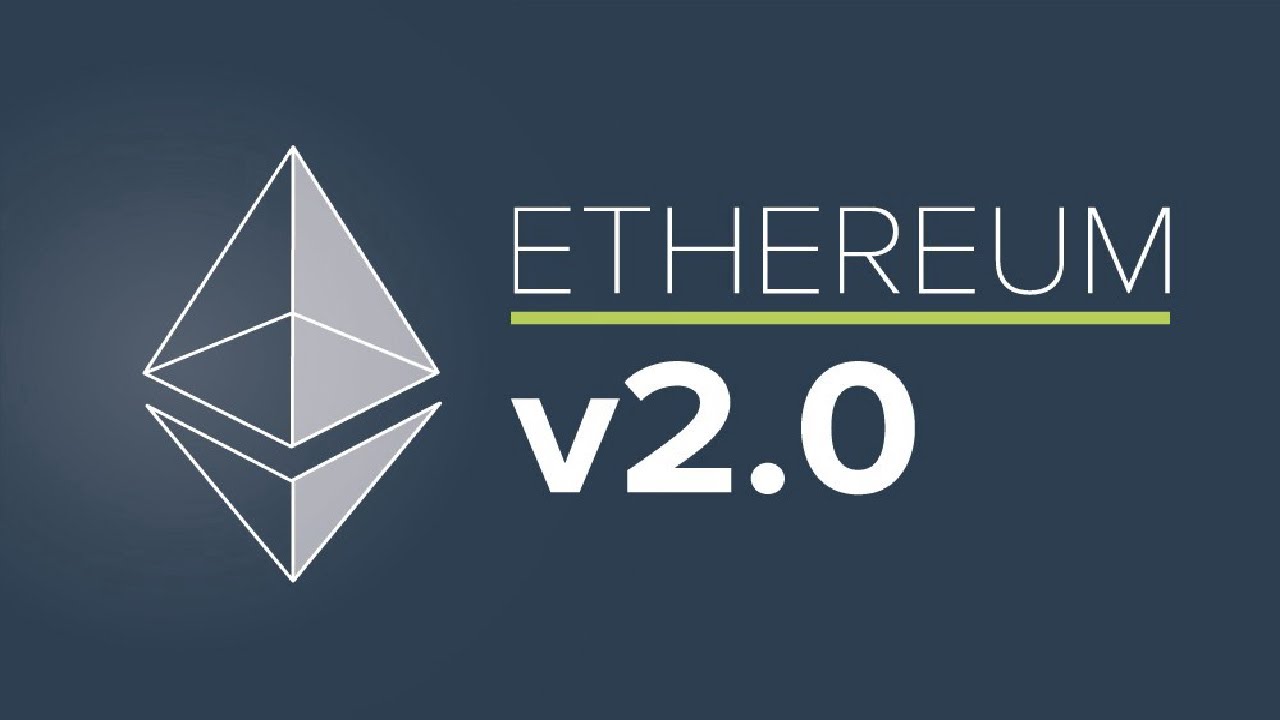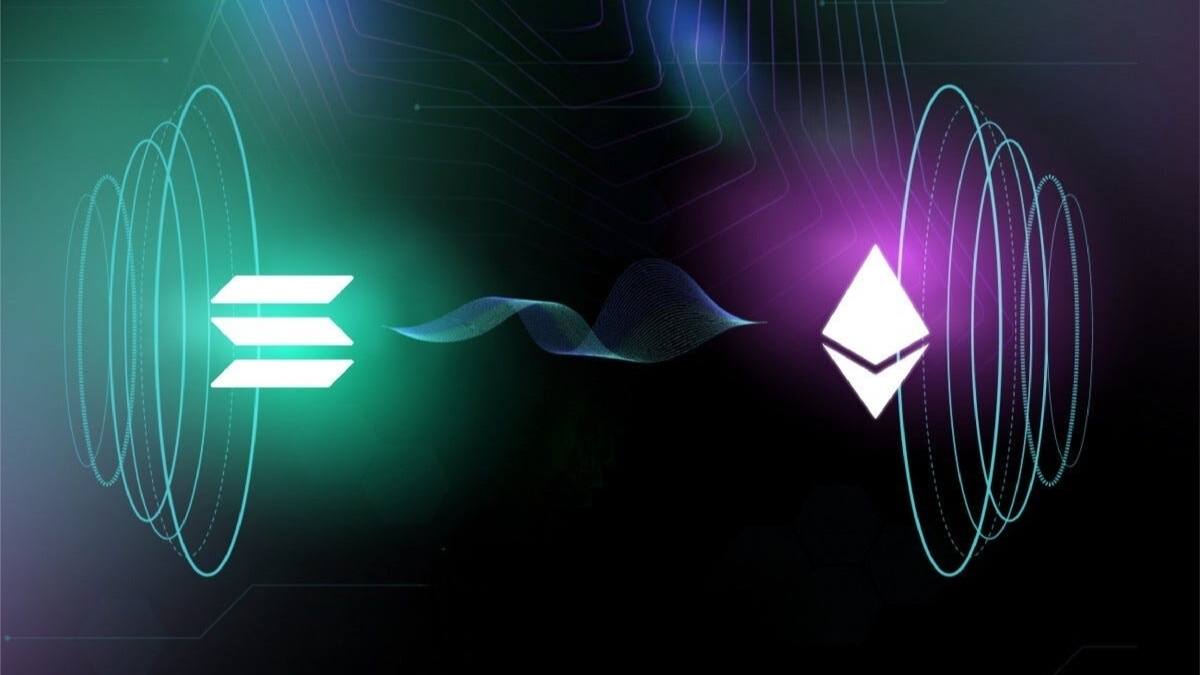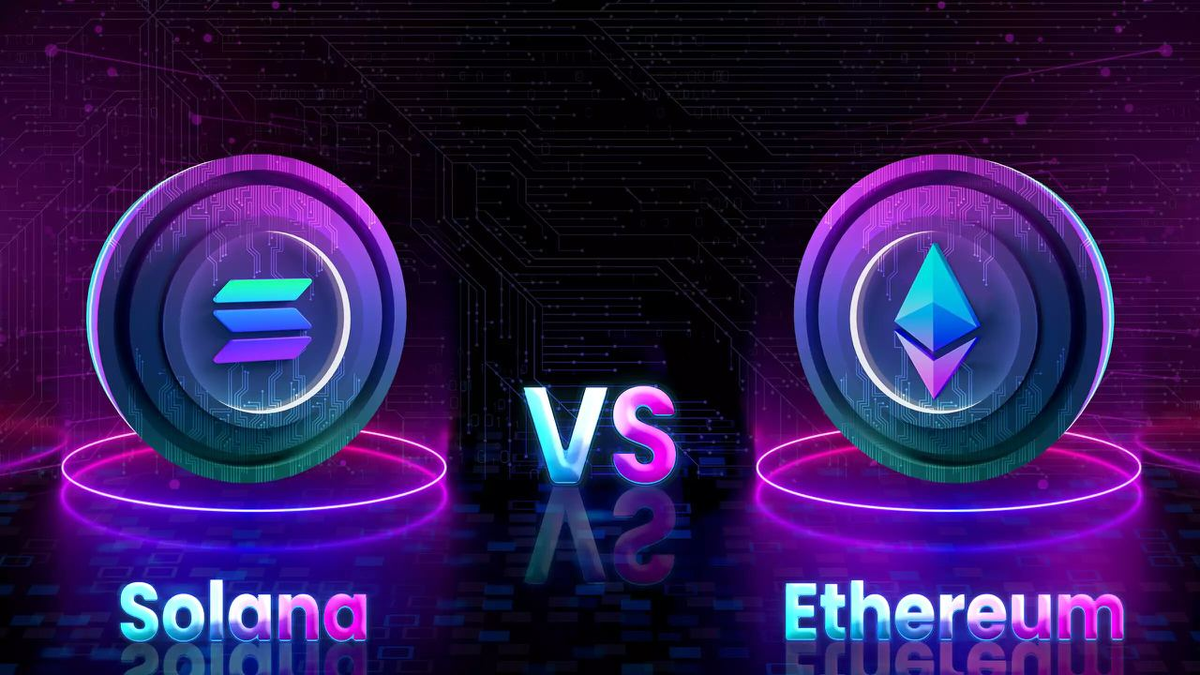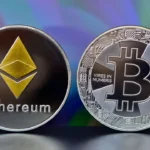Ethereum and Solana, two of the biggest names in the industry, are coming under more and more scrutiny as blockchain technology develops. Ethereum has long been the leader in the blockchain space and was the first to introduce smart contracts and decentralized finance (DeFi). On the other hand, Solana, a more recent arrival, has rapidly acquired popularity because of its speedy transactions and inexpensive costs. Many people wonder whether blockchain company,Ethereum vs Solana Blockchain will dominate the market as 2025 approaches.
Ethereum Scaling Up with Ethereum 2.0
Ethereum, founded in 2015 by Vitalik Buterin and colleagues, powers dApps. Smart contracts allow developers to create self-executing contracts. Ethereum’s native cryptocurrency, Ether (ETH), is the second-largest digital asset by market capitalization and supports several applications, from DeFi platforms to non-fungible tokens.Ethereum is dominant but has limited scalability. The network’s proof-of-work consensus technique was sluggish but secure.

Charged hefty gas fees, especially during network congestion. In response, Ethereum 2.0 switched to proof-of-stake consensus. One of blockchain’s most anticipated upgrades, this one should enhance scalability and reduce energy use.The full adoption of Ethereum 2.0 in 2025 could boost network throughput. Ethereum can now handle many more transactions per second (TPS) because to sharding and other scaling improvements. Despite these improvements, Ethereum must maintain its enormous developer ecosystem, one of its biggest advantages.
Solana Speed and Scalability Issues
The 2020 debut of Solana by Anatoly Yakovenko and Solana Labs was notable for its rapid transactions and low costs. Scalability is the network’s USP. Proof-of-History (PoH) lets Solana’s blockchain process thousands of transactions per second, outperforming Ethereum. Solana may appeal to developers seeking fast, low-cost blockchain solutions.Solana is known for handling enormous transaction volumes without transaction congestion like Ethereum. The network scales as demand grows.
And can process 65,000 TPS, compared to Ethereum’s 15-30 TPS. In 2025, Solana may dominate blockchain due of the demand for fast, cheap financial transactions.With DeFi, NFT, and Web3 advances, Solana’s ecosystem is growing fast. The network hosts several decentralized apps that need fast, affordable execution. But Solana has struggled. Numerous high-profile failures have raised concerns about network resilience and security. To match Ethereum in 2025, Solana must overcome these issues as it matures.
Ethereum vs. Solana Blockchain Dominance in 2025
Good reasons for Ethereum and Solana to lead blockchain in 2025. Ethereum dominates due to its developer community, ecosystem, and Ethereum 2.0 update. Ethereum may remain the blockchain leader if it can lower fees, transaction latency, and scalability.Low pricing and great throughput make Solana a competitor. Popular blockchain-based financial applications require network scalability and performance. If stable and developer-friendly, Solana could exceed Ethereum in market share.

Macroeconomic conditions and changing laws are also important. Global government regulation of cryptocurrencies may affect Ethereum and Solana uptake. Market dominance and DeFi leadership may help Ethereum navigate restrictions. Solana may adapt faster to restrictions due to its young.Layer 2 solutions may affect Solana and Ethereum. Layer 2 solutions like Optimistic Rollups and zk-Rollups expand Ethereum off-chain securely and decentralizedly. These options may help Ethereum scale and sustain blockchain dominance.
Solana vs. Ethereum Showdown 2025
Solana and Ethereum have strong blockchain leadership propositions for 2025. Ethereum is a strong candidate due to its long history, vast developer community, and Ethereum 2.0 potential. If it can improve network dependability, Solana’s outstanding scalability, cheap transaction fees, and quick ecosystem expansion could surpass Ethereum.
The winner of this race may be unclear. Ethereum vs Solana Blockchain excels in DeFi and NFTs, while Solana dominates high-speed transactions. Blockchain is relatively young, and new challengers may arise as technology advances. Whether Ethereum or Solana leads in 2025, their competition will likely spur cryptocurrency ecosystem innovation and acceptance.
Summary
Ethereum and Solana are becoming more and more competitive as blockchain technology develops. While Solana is notable for its quick transactions and inexpensive costs, Ethereum, with its lengthy history and impending Ethereum 2.0 update, seeks to address scalability concerns. If network reliability issues are fixed, Solana’s explosive.
Development could pose a threat to Ethereum vs Solana Blockchain hegemony. With Ethereum leading in DeFi and Solana in transaction speed, both blockchains have compelling arguments to take the lead as 2025 draws near. Their rivalry will spur additional innovation in the cryptocurrency industry.







